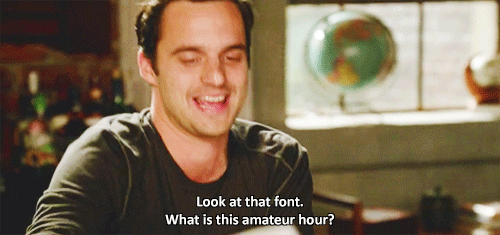Returning from the 2018 MACUL conference a couple of weeks ago, I’ve had so many ideas and resources and goals whirling around in my mind. The drive home from Grand Rapids was exciting: and how awesome is it to spend Friday afternoon looking forward to Monday morning?
I’ve been sifting through the resources I received and the notes I took, but there was that inevitable screeching-to-a-halt when I settled into my desk chair and realized how buried in grading I was. (What a week for Film Studies to decide to be very prolific essay writers.)
Fortunately, that grading time left me to back-burner a lot of what happened at the conference, and one of the things that stood out to me was the comparison of two of the sessions I had attended: one that was very helpful and exciting, and one that was not very helpful, and pretty boring. The thing that linked them was that they brought up several of the same tools, but presented them in such different ways.
Leslie Fisher was, no surprise, the helpful and exciting presenter whose session left me excited to play with all my new apps and sites. Some of the things she’d demoed had also been included in another presentation I attended, but that presenter had used a basic slideshow. She’d listed the name, provided a link, and used a couple of bullets to describe what made them useful to her.
This sounds like a perfectly valid way of sharing information, and I wouldn’t think a thing of it if I hadn’t been introduced to those same resources in such a more dynamic and engaging way later that day, by Leslie Fisher. It took about the same amount of time to show me what it was and let me experience it as it did to give a description–but the truth is that I had no idea what those things were during the just-slides version, and there was nothing engaging to remind and inspire me later.

While I was digging through those grades, I was thinking about this in the back of my mind and comparing it to what I do. It left me afraid that some of the information I presented to my students was more like that slideshow: how can I do more than just offer the information for them to find at their leisure? What can I do to make the information engaging and memorable?
I was thinking a lot about my announcements, and about the Digital Imaging Final Portfolio. The Final Portfolio will be most of what I’m grading for the next nine weeks, as it comprises the second half of the Digital Imaging course and I’m teaching 2 sections right now. It’s such a broad assignment, and I started to make connections between the slideshow presentation and the list of resources and suggestions I was offering students to use as they planned their projects.
I tried to put these thoughts to use and create a more dynamic and memorable way of sharing ideas with students. I tried to focus on visuals and videos that would be more engaging and memorable, and made a slideshow to replace my bulleted list.
I also wanted to share some of the more game-like resources with my students, but taking a page from Leslie Fisher’s book, I didn’t just tell them to go look; I made a video of myself playing with Google’s Quick, Draw! AI and invited students to do the same.
I’m looking forward to doing more to make the content I’m sharing with students memorable and engaging!
Wow, such a great example you’ve shared, Lauren! If you think about it, this is exactly what students experience in our courses. They could take the exact same content with another instructor and have a very different experience, right? How you organize, demo, supplement, and share the content really makes a difference. Even though our online content is somewhat static, it’s the dynamic instructor who changes the game for our students.